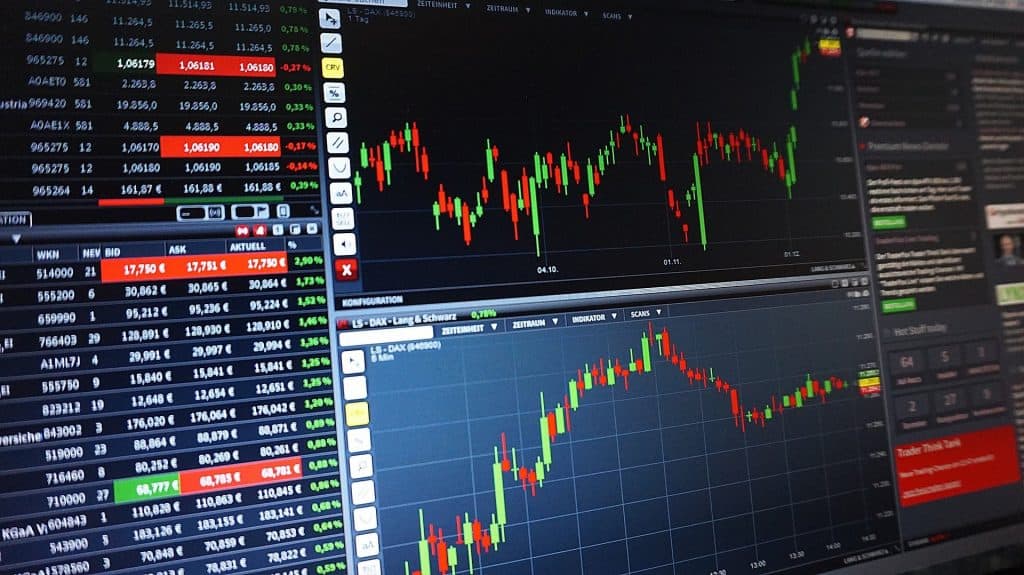Selling in a bear market is somewhat different from trading in a stock market. Prices are on the decline, and being engaged can be daunting. But the trader should not be concerned: investing profitably in a bear market is possible, though the trader will probably need to change the trading strategy. There are several definitions of what constitutes a bear market, but the most widely accepted meaning is where the market loses more than 20% of its value. A bull market is characterized as a market that has risen in value by more than 20%. If traders can make it through a bear market, they can make it through any market environment. The strongest traders are said to emerge from bear markets.

Bear Market Trading
It’s much better to make money in a bull market when you know stocks are going up. However, there are many opportunities for an investor to benefit from a bear market.
Diversification of Portfolio – Make sure you don’t throw all your eggs in one basket! This easy law would make it much easier to survive a down market. Diversification as a forex trader can mean investing in different currency pairs. Look for pairs with more favorable trading conditions. Of necessity, this necessitates an understanding of how other forex pairs operate. There are many pros and cons of forex trading and it’s probably safer to skip exotics and stick to majors and minors. You should even be hedging the trades as a broker. Trade forex pairs normally go in opposite directions; when one is down, the other is usually up or doing slightly better. This way, the trader will benefit in any direction or suffer a smaller loss. Traders should be diversifying their portfolios by dealing with other financial instruments such as futures.
Spot forex pairs with real potential – In a bear market, all forex pairs will be on a declining trend and seem to have little chance of recovering. This, though, is not the case. What pairs are losing and which pairs will make you money will be shown over time. Traders must figure out which pairs aren’t worth selling and which have the potential to make them money.
You will determine which pairs are worth selling by determining which pairs are performing poorly and which pairs should be performing much better. Look for indicators that the sector is undervalued and will quickly shift. Events that are expected to occur soon are a vital thing to keep an eye out for. If you’ve determined which pair is most likely to rebound quickly, purchase it and remain assured that it will. When the currency pair returns, you’ll be able to sell/close your spot at a profit because you purchased it at a low price. It is crucial to learn how to put a price on a forex pair. Don’t buy it only on the basis of its present market valuation. In a bear market, currencies that are doing poorly fall even more than currencies that are performing well.
Buy the dip and sell the rips – Buying when the stock is at its lowest point and selling when the price peaks are also the most obvious way to profit in a bear market. This is a reckless move since the market is almost certain to fail to fall in value. What you’re looking for is proof that the price will climb in the near future. This is usually represented by a small bullish candle. You should set a deadline for yourself to exit the exchange. To do that, look back at previous price rejections to see how many pips they typically handle. In a bear market, much of the candles would be bearish, but not by a large margin. You should aim for two or three big bearish candles accompanied by a bullish candle to trade the dips. Traders usually see the big dip and think the stock is going to turn around or that a possible rip is about to occur when this happens
Indicators and Patterns – In order to trade dips and rips in a bear market, you’ll need to have helpful metrics on hand as well as a solid understanding of useful patterns and how they function. Many of them can assist you in identifying whether a pattern is about to turn or when a trend will suddenly alter. Double tops and bottoms are an example of this. Double tops normally indicate the start of a bear market, while double bottoms indicate the start of a bull market. It’s important to keep in mind that certain trading trends that operate in a bull market still work in a bear market.
Time Frame – You won’t see the bigger picture if you just look at small time frames. Short time periods can not show that a bear market will last a long time. You will see the true state of the economy and whether it is going to shift in the near future by looking for longer time frames.









